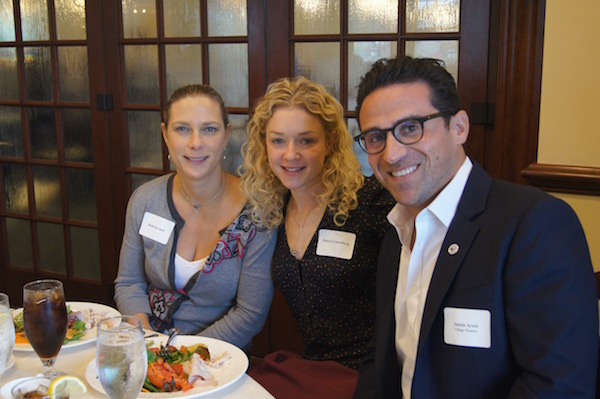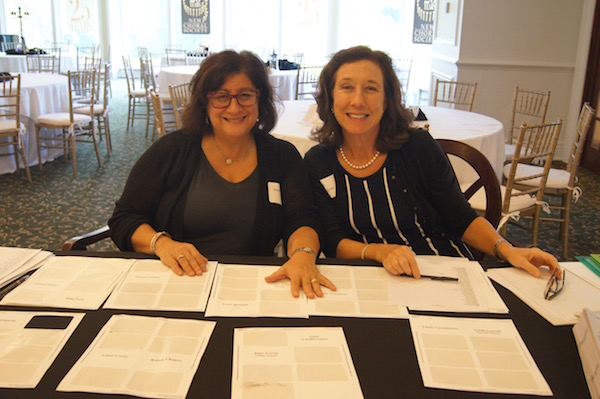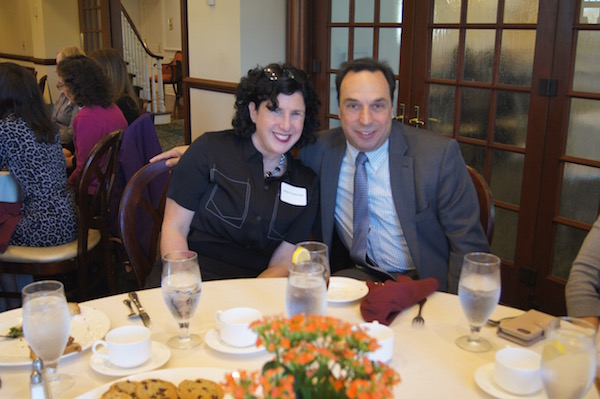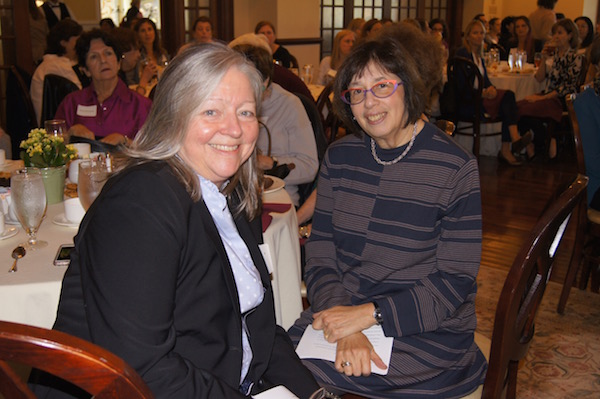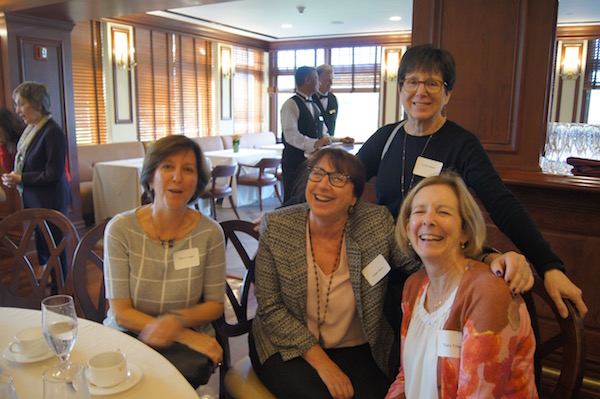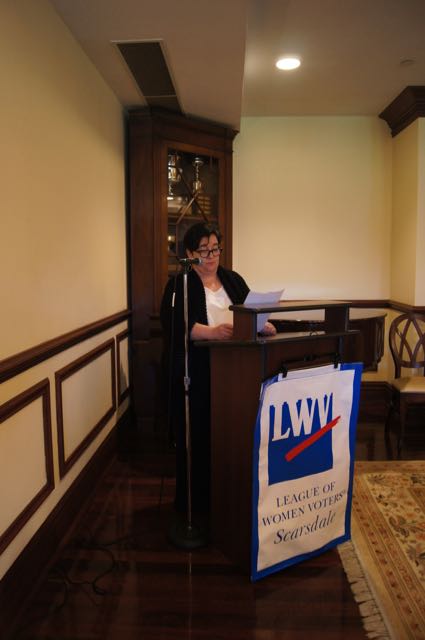Supreme Court Expert Linda Greenhouse Discusses a Broken Nomination Process at LWVS Luncheon
- Tuesday, 06 November 2018 13:23
- Last Updated: Thursday, 08 November 2018 10:57
- Published: Tuesday, 06 November 2018 13:23
- Joanne Wallenstein
- Hits: 3900
 Journalist Linda Greenhouse’s visit to Scarsdale could not have been more timely. An expert on the U.S. Supreme Court, she addressed the Scarsdale League of Women Voters just weeks after the contentious battle over the nomination of Brett Kavanaugh to the Supreme Court and was able to put that highly unusual nomination process into historical context.
Journalist Linda Greenhouse’s visit to Scarsdale could not have been more timely. An expert on the U.S. Supreme Court, she addressed the Scarsdale League of Women Voters just weeks after the contentious battle over the nomination of Brett Kavanaugh to the Supreme Court and was able to put that highly unusual nomination process into historical context.
Her appearance drew a large audience for the League’s annual Food for Thought Luncheon, just a week before the midterm elections which has spurred community engagement. In the audience was Scarsdale Mayor Dan Hochvert, Village Trustees Carl Finger, Justin Arest, Lena Crandall, Carl Finger and Jane Veron, Library Director Beth Bermel, State Assemblywoman Amy Paulin, Justice Arlene Katz, School Board members, former School Board members, and representatives from a wide swath of Scarsdale.
Discussing the environment that lead to the stormy nomination process, Greenhouse said, “There is deep anger on both sides of the street. Justice Kennedy was the swing justice…. The court was up for grabs and a right leaning judge would cement the conservative majority. Explaining why the Kavanaugh fight occurred now, Greenhouse conjectured, “When a regime can’t get what it wants out of the political process, it turns to the courts.”
She explained that the court has become politicized. While there used to be a whole swing group in the middle to which the lawyers could appeal, but now, according to Greenhouse, “the idealogy of the justices matches the idealogy of the president who nominated them,” and therefore, the “troubling nature of today’s court gave this nomination more weight than usual.” She continued, “Everyone agrees the process is broken.”
Discussing possible remedies, which Greenhouse predicted could only occur if Democrats control Congress, she reviewed a few ideas.
Among them were:
The Senate Judiciary Committee could decide in advance how to handle a late breaking accusation of misbehavior and establish some rules of the road to prevent the chaos that ensued during the Kavanaugh hearings.
There should be no presumption of nomination before the candidate goes before the committee and the Senate, i.e. the burden should be on the president and the nominee to make the case as to why they should be placed on the court.
Another remedy could be term limits for justices in lieu of life tenure. Greenhouse reported that the “average length of service has been 25 years and the average age of retirement has been 83 years of age.” She said this encourages presidents to appoint young nominees who will live for a long time.
If the old days, she said that judicial nominations were given to governors, cabinet members and those who had already been in public service for many years and was a capstone not a lifelong career. The random nature of lifetime appointments has caused some presidents to have the power to appoint several justices and others to appoint none. She suggested that term limits of 18 years would stagger the appointments and give more presidents the chance to select justices.
She noted that lifetime appointments for justices does not occur anywhere else in the world.
As there is nothing in the constitution that specifies the number of justices, an administration could expand the number and “pack the court,” as done by FDR.
She also suggested that the court could be stripped of their discretion over hot button issues like abortion or affirmative action, leaving these for Congress to decide.
Asking for questions from the audience, Greenhouse was asked if she thought that Chief Justice Roberts would move more to the center to balance a very conservative court. She said, “That is the money question!” He is the median justice – the middle has moved far to the right.” About Roberts she said, “On the one hand he is a student of history – it is the Roberts court. On the other hand he has got his agenda. For one, he wants to be out of the business of counting by race. He is against affirmative action and against the voting rights act. He has things he wants to accomplish but needs to protect the perceived integrity of the court. He is very alone and he has no natural allies. There is not a lot of kumbaya there.”








